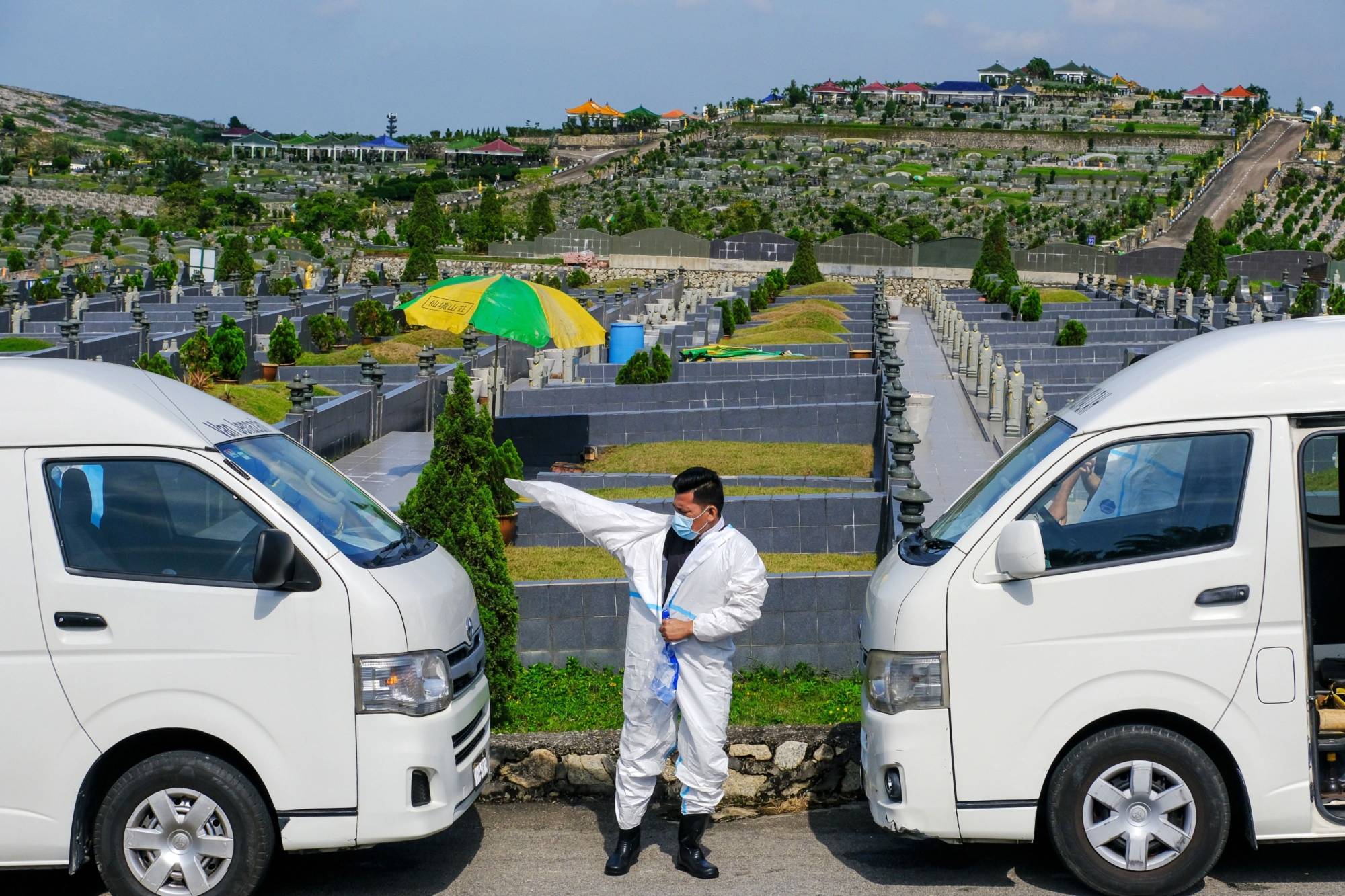Even as they struggle with one of the world’s worst COVID-19 outbreaks, nations across Southeast Asia are slowly realizing that they can no longer afford the economy-crippling restrictions needed to squash it.
On the factory floors of Vietnam and Malaysia, in the barbershops of Manila or office towers of Singapore, regulators are pushing forward with plans to reopen, seeking to balance containing the virus with keeping people and money moving. That’s leading to a range of experiments including military-delivered food, sequestered workers, micro-lockdowns and vaccinated-only access to restaurants and offices.
In contrast to Europe and the U.S., which have already moved down the reopening path, the region’s low vaccination rates leave it among the world’s most vulnerable to the delta variant. But with state finances stretched by previous rounds of stimulus and dwindling monetary policy firepower, lockdowns are becoming less tenable by the day.


















With your current subscription plan you can comment on stories. However, before writing your first comment, please create a display name in the Profile section of your subscriber account page.